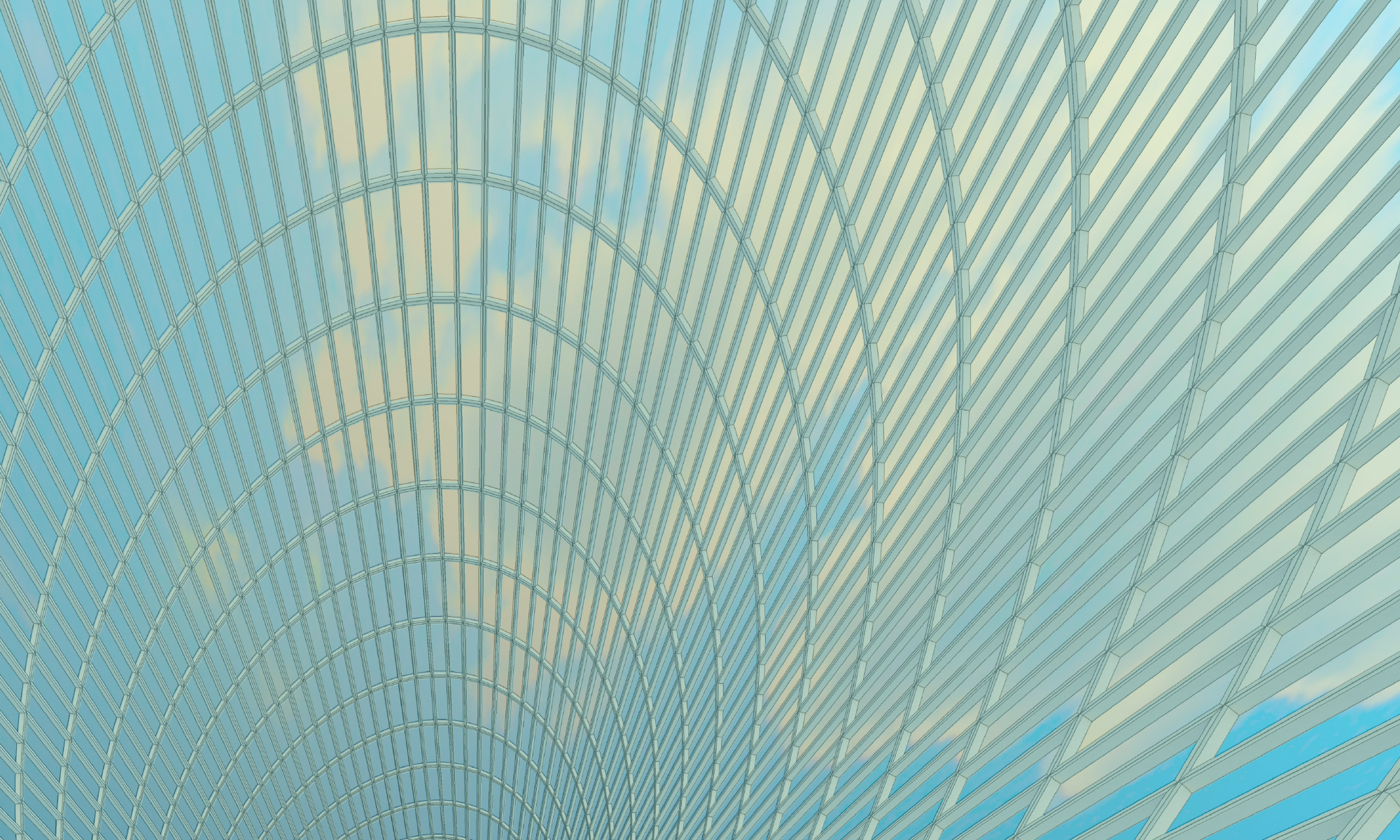“Music is liquid architecture; architecture is frozen music… Really there is something in this; the tone of mind produced by architecture approaches the effects of music”
– Johann Wolfgang von Goethe
FOURTH DIMENSIONAL ARCHITECTURE: a synthesis of architecture & music
How can the theory of music composition be combined with architectural design to create a synthesis of experience?
Within a building or space, there are relationships between smaller parts working together in harmony to create architecture. There is also a relationship between notes to create chords and melodies that define music. It is this common interest of taking individual parts and combining them to create something greater than the parts themselves. These relationships between smaller parts are seen through proportions. Through proportional relationships within the interval structure of music, melodies and chords can be translated into architectural proportions using the properties of the golden section.

The proportional relationships within music have a direct effect on the emotions evoked when listening to these chords. The idea is to capture the emotions evoked through chord structures in music and channel these emotions through architectural proportions.
This isn’t about a rectangle; the golden section is acting as a translational tool. The most ideal sounding chord structure within music is the major triad. It sounds the most pleasing to the ear and is often the root chord within most musical genres. The major triad is also what fits proportionally into the golden section. This is where the bridge is formed between music and architecture. The golden section is a mathematical building block that roots musical harmonies and architectural proportions. In lies the essence of their beauty.

The emotions often attributed with a major triad are joy, light, and the heavens. Is it a mere coincidence that the proportions of the golden section within the realm of architecture also have this divine connection? As seen before in classical architecture, this idea of harmony within building proportions was achieved through the golden section. Outside music and architecture, the Fibonacci Sequence appears all over nature. Whether it is determining the spiral of a snail shell, the human ear, or the shape of a galaxy, this sequence appears to hold divine qualities. It even appears within the theoretical shape of the universe. Perhaps it isn’t so hard to see why these ideal proportions are shared within the realm of music and architecture.
What about all other chords in music where they don’t fit into this ideal proportional relationship? Different emotions are evoked, whether it be optimism, contemplation, or anger. The idea is to take these altered proportions from within the realm of music and directly translate them into architectural proportions to create a synthesis of experience. In order for it to be an experience, the individual inhabiting the space must be included within these proportions. However, this can be executed in many different ways. The performance is what heavily dictates the experience of the beholder. Within the realm of music, the musician performs the song differently every time, but the notes stay the same. The proportions within the architecture will reflect that of the music, but it is the beholder that defines the experience.

Rhythm is another commonality between music and architecture. The tempo within music creates a beat in which we can relate to with our heartbeats. Rhythm within the realm of architecture can be considered to be the stride of an individual walking through a building. Using the stride as a dimension of time, the architecture can be controlled to feel exciting, neutral, or calming, replicating the effects of tempo and rhythm in music.

How can the emotional effects of music be expressed and experienced through architecture?
Through the use of architectonic instruments, the external forces of weather, seasonal fluctuation, sun path and human pressure can be harnessed and released as a catalyst for social interaction and self-consciousness. Composed within the architecture, these devices will be used in conjunction with a proportionally designed musical experience. Forces acting upon the site will be harnessed and utilized for these architectural instruments. These forces include: wind, water, sunlight, and human pressure.

Continue onto MODES
Return to MASTER THESIS – OVERVIEW
